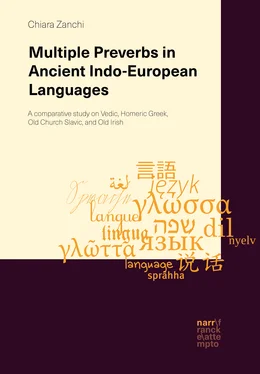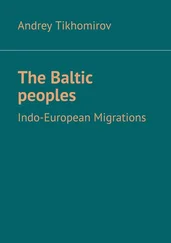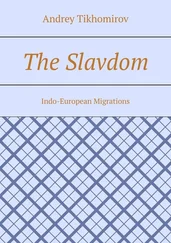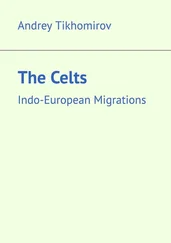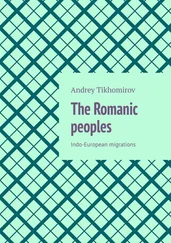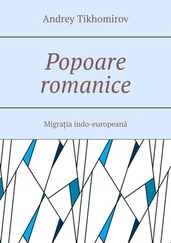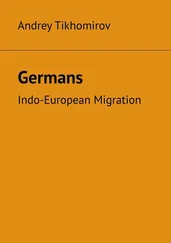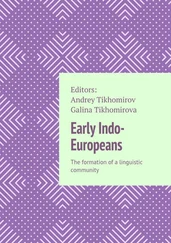Thus, the choice to investigate relatively underrepresented phenomena such as multiple preverbs in a relatively wide sample of Indo-European languages aims to be a first contribution to fill the literature gaps outlined above. In particular, Vedic and Homeric Greek were selected as they represent comparably early stages of development, in which preverbs retain most of their assumed original meanings, functions, and syntactic freedom (cf. Section 1.3 for the chronology of their attestation; the most ancient attested Indo-European language, Hittite, was not included in this investigation, as it represents a divergent and to some extent problematic development, on which see Chapter 3, fn. 31). By contrast, Old Church Slavic offers a glimpse into the initial steps toward one of the possible later developments of preverbs: specifically, their subsequent grammaticalization into fully-fledged aspectual markers. In parallel, Old Irish, with its flourishing usage of multiple preverbs, provides an excellent touchstone to assess another development that preverbs may undergo: specifically, their lexicalization into semantically idiosyncratic or unpredictable composite items.
1.2. Aims and structure of the study
The aims of this work can be subcategorized as follows: (a) language-internal goals; (b) comparative goals; (c) wide-ranging goals. To begin with, for each language of the sample, the present investigation aims to (i) describe the full array of multiple preverb formations in terms of preverb combinations, verbal roots, and their frequencies; (ii) assess the extent to which multiple preverbs underwent lexicalization or grammaticalization; (iii) understand the morphosyntactic status of multiple preverbs; (iv) detect the meanings of preverbs in multiple preverb combinations; (v) provide insights into the formation process of verbs modified by multiple preverbs and preverb ordering.
Regarding (b) goals, this work seeks to (i) compare multiple preverb formations, multiple preverb combinations, the verbal bases multiple preverb formations contain, and preverb ordering; (ii) compare the statuses of multiple preverbs in the above-mentioned languages; (iii) identify, describe, and motivate common semantic shifts. With the most general level (c) goals, the study aims to (i) provide, within a relatively limited data-sample, more detailed reasons preverbs underwent the well-known lexicalization and grammaticalization; (ii) identify the pattern of formation of multiple preverb verbs; (iii) integrate references that focus on different languages to acquire a more general view of the common processes of development and their motivations.
In order to meet these goals, the present investigation takes into account a number of morphological, semantic, and syntactic parameters, which are briefly described below:
1 the position of preverbs with respect to that of the other pieces of preverbal morphology; the sandhi effects undergone by the elements that make up the formation; the position of the accent; when relevant, the metrical constraints that may influence the placement of preverbs and univerbation;
2 multiple preverb verbs’ degree of semantic compositionality; preverbs’ degree of polysemy in multiple preverb combinations;
3 preverbs’ potential displacement from the modified verbal base, the range, and the type of such displacement; preverbs’ obligatoriness; preverbs’ repetition outside the preverbal context; argument structure of multiple preverb verbs.
The present work is organized as follows. This introduction continues with brief descriptions of the texts selected for the current investigation. I focus on philological metadata, including dating, geographical origin, author, content, and textual tradition, as far as these pertain to the linguistic amalgam that such written records transmit to us. The introduction ends with a few methodological caveats relating to the usage of the so-called “corpus languages” (in Cuzzolin & Haverling’s 2010 terms) for research on historical linguistics.
Chapter 2 provides an overview of the theoretical background that the linguist needs to study preverbs and their developments in this language sample. Understandably, given the broad geographic and chronological distribution of these languages (cf. Sections 1.3 and 1.4 below), preverbs show very distinct behaviors and thus require varied analytical tools. On the one hand, the frameworks of Cognitive Grammar, of spatial relations, and of Semantic Roles are needed to analyze the basic meanings of preverbs and their paths of lexicalization. On the other hand, the categories of aspect and actionality are also crucial to frame the developments of preverbs that are due to grammaticalization.
Chapter 3 provides the reader with an overview of preverbs both inside and outside Indo-European. The first section, which deals with Indo-European, opens with a working definition of preverbs and a description of their functions. It then discusses their positional properties in ancient and modern Indo-European languages and their origin. Lastly, it addresses preverbs as a typological and a terminological problem, introduces the terminology adopted in this work, and explains the reasons behind the outlined terminological choices (for the sake of clarity, it is worth establishing the fact that I consistently call multiple preverbs+verbs combinations ‘composites’ rather than ‘compounds’). Then, a section follows on the specific research topic: multiple preverbs. The last section of the chapter offers some typological insights on Finno-Ugric, Caucasian, Amerindian, and Northern Australian preverbs, insofar as their behavioral properties and paths of development may pertain to our understanding of Indo-European preverbs.
The analysis unfolds in Chapters 4–7, starting with Vedic, going through Homeric Greek and Old Church Slavic, and concluding with Old Irish. All of these chapters are organized in a consistent way. The first section outlines the state of the art on preverbs and multiple preverbs in each language and provides information on their categorial status. The second section then goes on to display quantitative data on multiple preverbs: specifically, the catalogues of (i) multiple preverb composites, (ii) multiple preverb combinations, (iii) verbal roots modified by multiple preverbs together with their frequencies. For Old Church Slavic and Old Irish, the Greek and Latin counterparts of multiple preverb composites are also provided.
The third section addresses various issues relating to the form of composites: (a) possible sandhi phenomena occurring between their elements; (b) the relative positioning of preverbs with respect to other pieces of preverbal morphology; (c) in the case of Old Church Slavic, the interaction between preverbs and Slavic secondary verbal suffixes expressing (im)perfectivity. The fourth section analyzes the semantics of preverbs occurring in multiple preverb composites and the semantic compositionality of multiple preverb composites. It also focuses on a number of particularly interesting semantic developments, in order to show how new abstract meanings relate to the basic one via cognitive metaphors. It concludes with a table summarizing the meanings of preverbs as they occur in multiple preverb composites. The fifth section follows dealing with the syntax of multiple preverbs and/or the argument structure of multiple preverb composites. It explores (a) the possible alternative constructions to multiple preverb combinations (i.e. the ‘mobility’ of preverbs); (b) their optionality; (c) their ability to function as transitivizing morphemes; (d) their inclination to be repeated outside the preverbal context; (e) their capacity for referring back to previously mentioned or discourse-active participants.
The final section of Chapters 4–7 investigates the reasons behind preverb ordering, which is understood to originate from the interplay of different factors: (a) semantic and cognitive motivations, most notably redundancy; (b) textual motivations, such as the reference to discourse-active participants; (c) historical motivations, such as specific etymological origins of particular preverbs; (d) contact-relating motivation, including calquing from Greek or Latin.
Читать дальше
